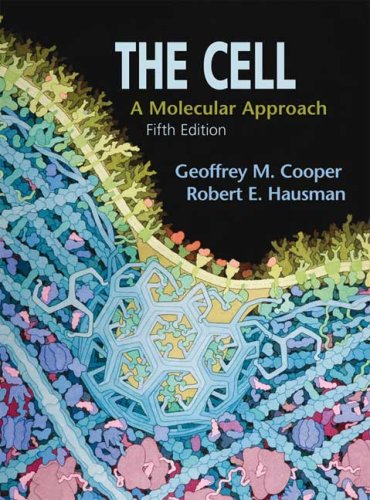The Cell: A Molecular Approach book download
Par schwandt sidney le mercredi, juillet 13 2016, 06:41 - Lien permanent
The Cell: A Molecular Approach. Geoffrey M. Cooper, Robert E. Hausman

The.Cell.A.Molecular.Approach.pdf
ISBN: 0878932194,9780878932191 | 848 pages | 22 Mb

The Cell: A Molecular Approach Geoffrey M. Cooper, Robert E. Hausman
Publisher: Sinauer Associates, Inc.
The Cell: A Molecular Approach, Fifth Edition. In the new work, a bit of protein guides each nanoparticle to death receptor 4, an aptly named handle on the outside of a cell that acts as a molecular doomsday switch. �The very qualities that make sickle cells a danger to people with the inherited genetic disorder can be turned against tumors to fight cancer,” said lead author David S. Terman, M.D., head of Molecular Genetics at Jenomic. Mellone, assistant professor of molecular and cell biology in UConn's College of Liberal Arts and Sciences, of genes that, like the one they studied, have been duplicated. Biologists have previously developed several ways to get large molecules into cells, but all of them have drawbacks. The approach might one day be used to kill cancer cells or orchestrate other cellular events without drugs or incisions. From that it determines where in the cell, or out of it, the protein should go. The Cell presents current comprehensive science in a readable and cohesive text that students can master in the course of one semester. In the past, scientists have explored killing cancer using tiny iron-containing nanoparticles that latch onto malignant cells and heat up when exposed to a magnetic field. If the protein is destined to leave the cell, the Golgi attaches a specialized fatty-acid molecule (a lipid) to it in a process called palmitoylation.